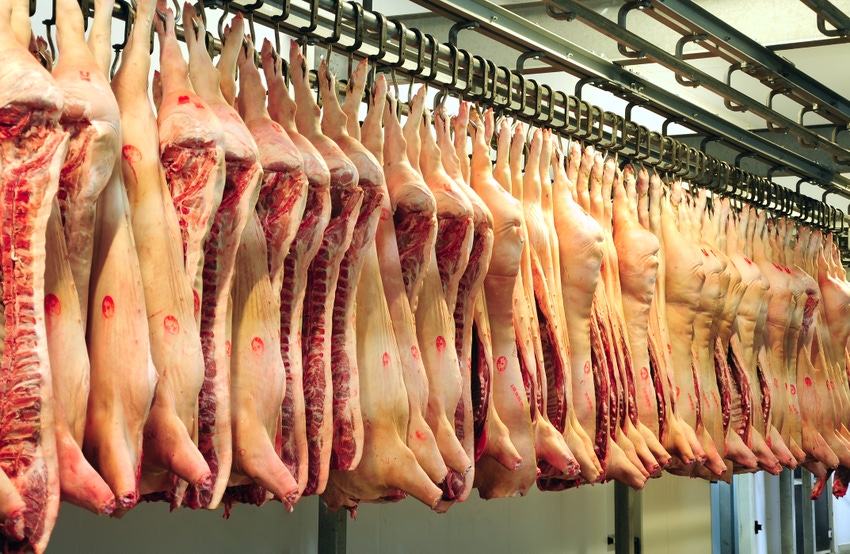Meat plants that handle and slaughter live animals are part of the most regulated and inspected industry in America.
February 7, 2020

The North American Meat Institute, the largest trade association representing meat and poultry packers and processors, has responded to the Washington Post’s latest piece on pork production, saying the sensational article ignores basic facts.
The Meat Institute says the reader need look no further than the headline for an outright falsehood: "Downed pigs are turned into pork products. A new lawsuit seeks to stop that."
These are the facts.
Under both traditional inspection and the New Swine Inspection System, 100% of live animals and carcasses are inspected by a USDA Food Safety and Inspection Service inspector. Although plant employees may sort animals initially, every single animal must be inspected and passed by a federal inspector prior to slaughter.
Meat plants that handle and slaughter live animals are part of the most regulated and inspected industry in America. Federal Humane Slaughter Act regulations are enforced by FSIS and specify the proper treatment and humane handling of livestock slaughtered in FSIS-inspected slaughter plants. The law's provisions are numerous and include requirements that livestock be handled calmly with minimal excitement, that they never be dragged, that objects that cause unnecessary pain not be used to drive livestock, that water be provided in holding pens at all times, that feed be provided if an animal is at a plant more than 24 hours, and that livestock be rendered completely unconscious prior to slaughter.
Federal inspectors are present at all times in plants that handle live animals and are empowered to take actions for compliance failures, including stopping production and even withdrawing inspection in extreme cases.
Some healthy pigs that enter slaughter facilities become fatigued during the transport process, and a small number of these pigs temporarily lose the willingness or ability to walk. Because they are healthy, however, there is a reasonable expectation they recover full locomotion with rest. They simply need a resting period. Establishments have written policies and programs they administer for handling these animals humanely and separating them into special pens that provide them access to water and protection from weather and other animals. Only pigs that are healthy and fully mobile are eligible for slaughter.
Further, the industry has developed its own animal handling guidelines with Colorado State University professor of Animal Behavior Temple Grandin, Ph.D., working with the Institute's Animal Welfare Committee, to ensure the safety and welfare of animals entering production facilities. These standards specifically address how to humanely handle fatigued pigs.
Companies that produce pork products do not want sick or downed animals entering commerce and go to great lengths to prevent foodborne illness and to ensure the quality of their products.
For information, check out the meat industry's animal handling guidelines or the Meat Institute Fact Sheet and Q and A.
Source: North American Meat Institute, which is solely responsible for the information provided, and wholly owns the information. Informa Business Media and all its subsidiaries are not responsible for any of the content contained in this information asset.
You May Also Like



